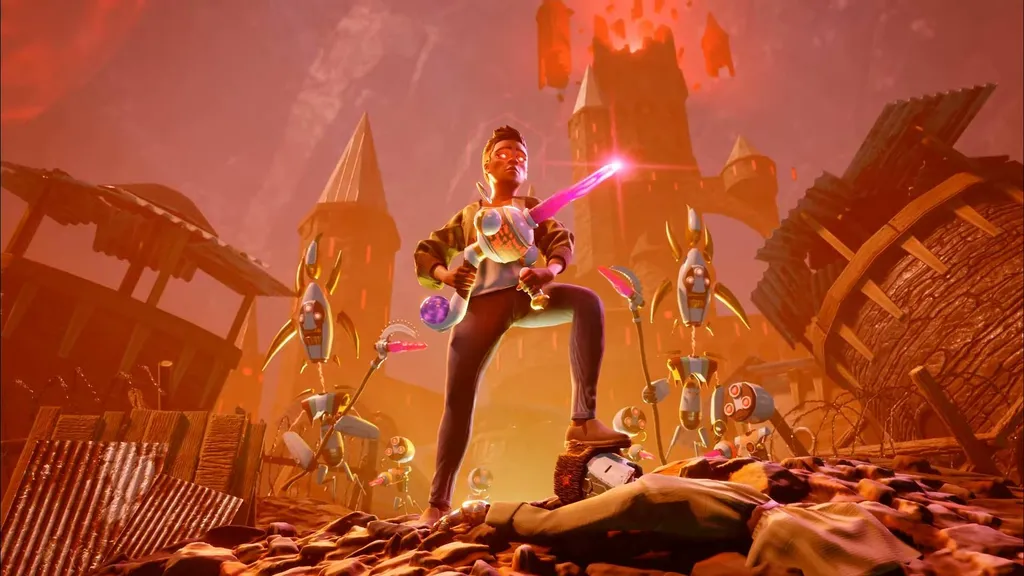Reading the credits of Vertigo 2, it’s hard to comprehend just how much of it came from one person – 22-year old Zach Tsiakalis-Brown, creator and sole developer of Zulubo Productions.
It's almost everything – visuals, coding, writing, music, game design, you name it. So when sitting down to chat about Vertigo 2’s development with Zach, the first thing I want to clarify is exactly what parts of the game he's responsible for, in his own words.
His answer is telling. “What’s easier is going over what I’m not responsible for.”
Vertigo 2 released last month. We called it one of the best PC VR releases in years and gave it a spot in out list of the best VR games across all platforms. Without any knowledge of the development process, any VR enthusiast would likely enjoy Vertigo 2. It’s a polished, funny and memorable experience with a sprawling Valve-like single player campaign.
However, once you realize that Zach is almost solely responsible for bringing this game to life, you start to appreciate it on a whole new level. It shows a level of proficiency across multiple facets of different media types – graphic design, music production, script writing, narrative structure, dialogue, comedy, directing, production, computer programming and the medium of virtual reality itself. In creating Vertigo 2, Zach has dipped into each with a high degree of success, not just on a technical level but a creative one too. The end product is a great game, but also a stunning achievement for a 22-year old working by himself.
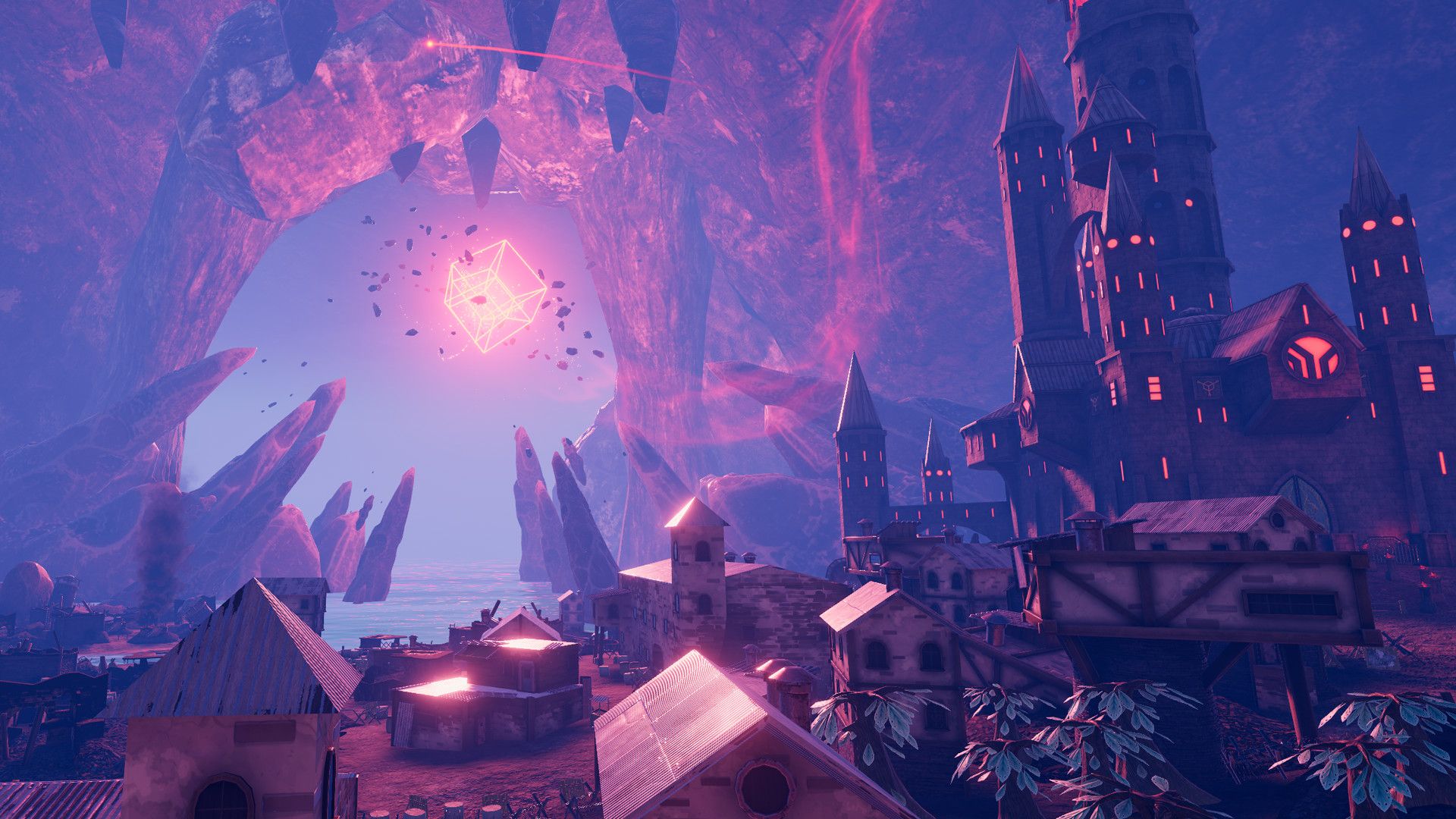
So what parts of the game was Zach not responsible for then? “Me and a couple friends came up with the story and the concept of the world back when we were in high school,” he explains. “And we did a lot of drawing, concept art writing the outline of the story. And then after I left high school, they went their separate ways, so I just took it from there.”
Those friends are credited for their contribution to Vertigo 2’s world, but almost every other aspect of the game and its development was handled by Zach. There are only a few exceptions, such as the voice actors he contracted performances from, the community playtesters who provided early feedback and some stock animations that Zach used. Over roughly six years of on-and-off development, Zach brought this game to life. “It's definitely been a lot of work.”
Zach has been working in VR since 2013, at which point he was just twelve years old. Since then, he’s released the original Vertigo, Vertigo Remastered, worked with Valve on The Lab Hands-On, and has now released Vertigo 2.
It’s his biggest project yet and operates on a scale much larger than the original. “The response was way more positive than I could have ever expected. I guess I expected something closer to Vertigo Remastered … but the bigger scope, the more ambitious nature of Vertigo 2 definitely made it more of a hit than Vertigo 1.”
When I asked why he thinks he’s been able to competently cover so many bases, he credits getting started in VR development at in middle school. “That was like my hobby and that was what I spent all my free time on. Sometimes I'd get up at six o'clock in the morning so I could do some coding or 3D art before school … I don’t know if I wanted to be a game development at that point, but I definitely knew I loved computers.”
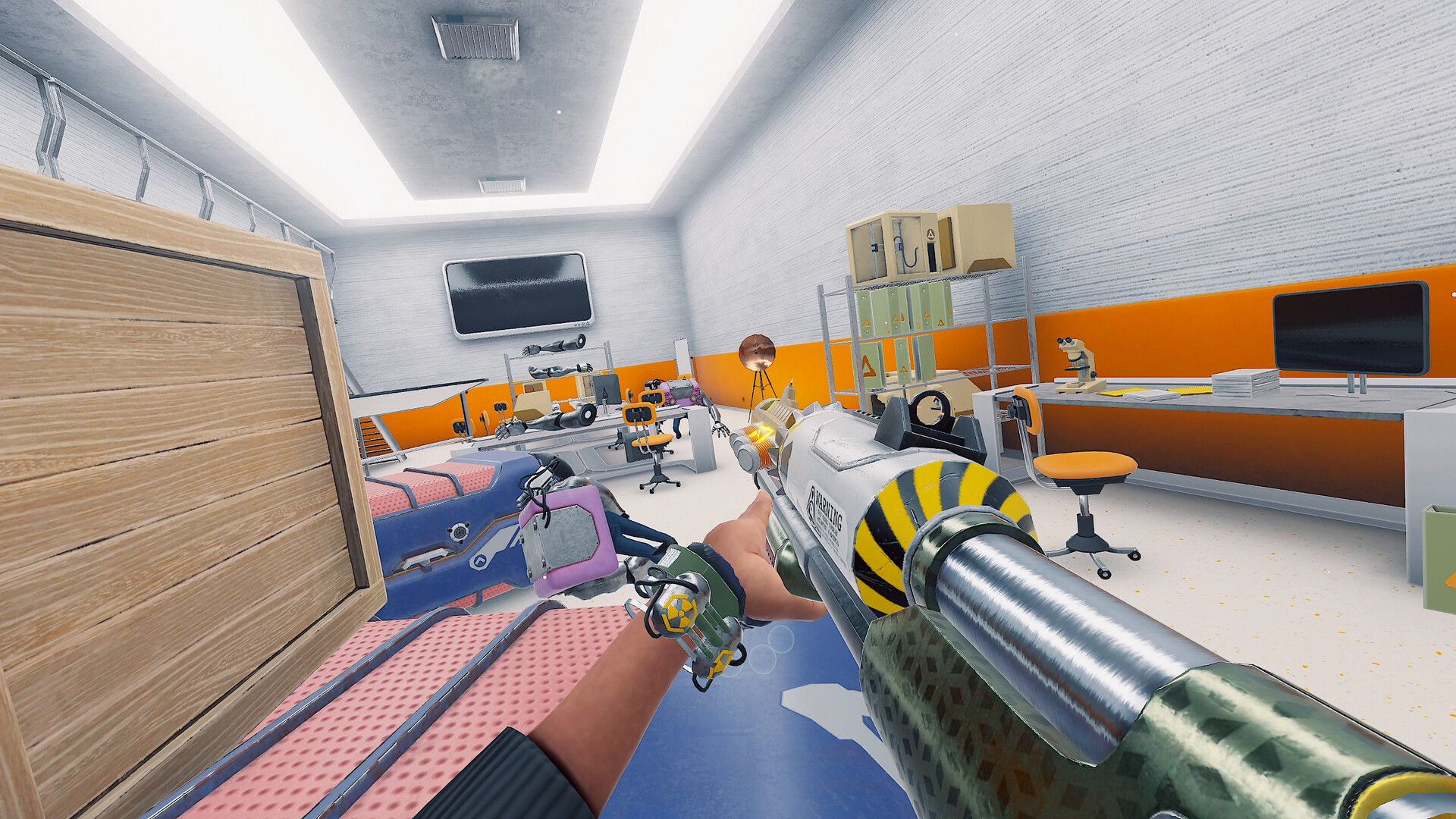
It's not just coding and game development that Zach has experience in though – I asked about the game’s soundtrack, which he wrote and produced himself. Coding a game is one thing, but creating a soundtrack that's as professional as the one in Vertigo 2 is a whole different skillset. “Yeah, I’ve been really into producing music since I was even younger, playing around with GarageBand on my parent’s computer at like eight or nine years old. That has been a hobby of mine on the side for a long time. I’ve been able to really explore it more through games, which is what I love so much about games. I get to dip my toes into so many different art forms.”
Breaking down the development timeline for Vertigo 2, Zach spent 2017 to 2019 working on a vertical slice, but otherwise hadn't made much of the game at all. In 2020, he reached a turning point. Not only did he release Vertigo Remastered that year, but he also dropped out of college just as the COVID-19 pandemic was starting to ramp up. He partly didn’t want to switch to online classes, but also just wanted to “get Vertigo 2 done.”
Around the same period, two VR games released that gave him a bit of pause. “It was Half-Life: Alyx and Boneworks that were the two big moments for me.”
For Zach, both games presented interesting ideas about the possibilities of VR that he hadn’t considered before. “For Boneworks, it was physics. After I played Boneworks, I pretty much scrapped my whole interaction system and rewrote it to be more physics-oriented.”
“The big part about Half-Life: Alyx is that big budget level of polish and rich detail everywhere.” While that level of detail isn’t something Zach could achieve as a one-man team, he nonetheless found it inspiring to see Valve’s approach to various elements in its first large-scale flagship VR release. “It was very useful to see how the world reacted to Half-Life: Alyx – what they liked, what they didn't like and how I could push things further.”
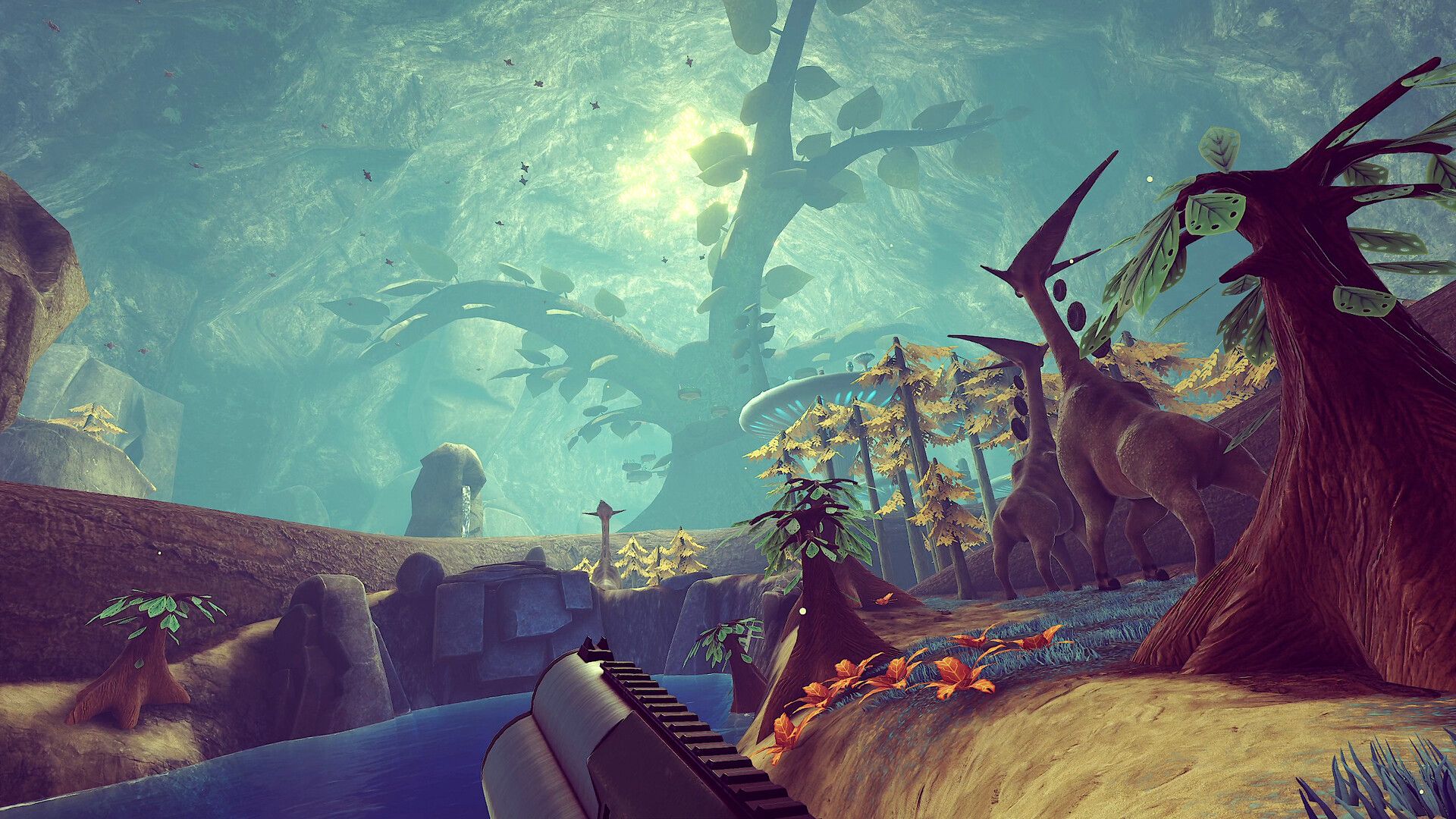
From 2020 onward, Zach went on to develop the game's levels largely in sequential order – “not the best way to make a game,” he reflects, in hindsight. He continued until he finished the game's final level last fall.
One of the highlights of the final game is its fantastic arsenal of weapons, each of which is a delight to use and offers creative reinventions of traditional gun archetypes. “[The guns] received a huge amount of attention during development,” he says. “Lots of them were completely scrapped and reinvented multiple times.” The shotgun is one such example, which Zach scrapped twice. The one in the final release is the third iteration of the weapon, and the original iteration is hidden in the game as a secret weapon.
The guns were continuously improved and amended. Originally, they didn't have any physics applied to them, which changed as Zach improved his physics interaction system. At the end of the day, it was making the weapons fun to use that drove every decision. “They’re toys. They’re interactive toys with buttons you can press and tricks you can figure out and upgrades that add more features and keep them feeling interesting throughout.”
What’s a good weapon without something interesting to shoot it at? Luckily, Vertigo 2 features an overwhelmingly large cast of varied alien enemies for you to deal with, each requiring different strategies or adaptation to new patterns. Zach and his friend Errol conceptualized a lot of these weird alien designs back in their high school days, some of which made it into Vertigo 2 (and some of which are still lying around unused, according to Zach).
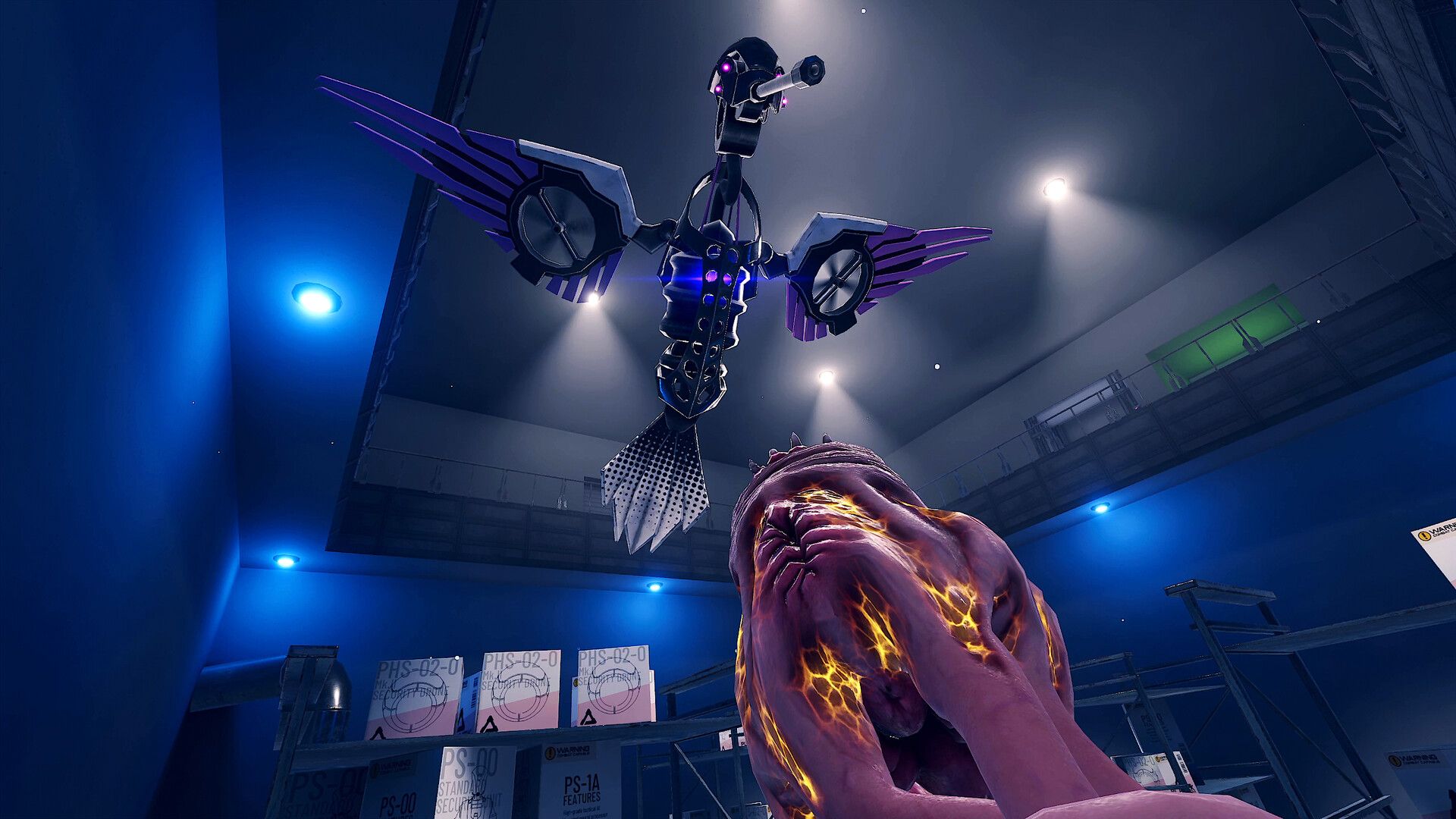
However, Zach also invented new enemy designs as needed, usually to fill a specific role. He uses the macrophage enemies in one of the game’s later sections as an example. “I needed a kind of difficult mid-to-late game enemy, so I made this explosive-launching creature.” That then also led to the development of a new weapon. “I was like, ‘Oh shit, I've been planning to add a grenade launcher, but I don't know what to do with it. But I've just created this enemy that shoots grenades. Why don't I just have you pick up one of these guys and have it be like the hivehand and that'll be the grenade launcher?’”
When linear development ended last fall, Zach began five or so months of play testing and polish before release. “It was a very thorough beta testing process.” Zach took formal applications to find a sizeable chunk of beta testers who could help him polish and refine the experience. “We did live play tests where I would just sit there watching them playing through the whole game. I had most of those people run through the entire game and then I got a fresh batch of people closer to release so I could get fresh eyes on the entire game. So yeah, many hours of playtesting.”
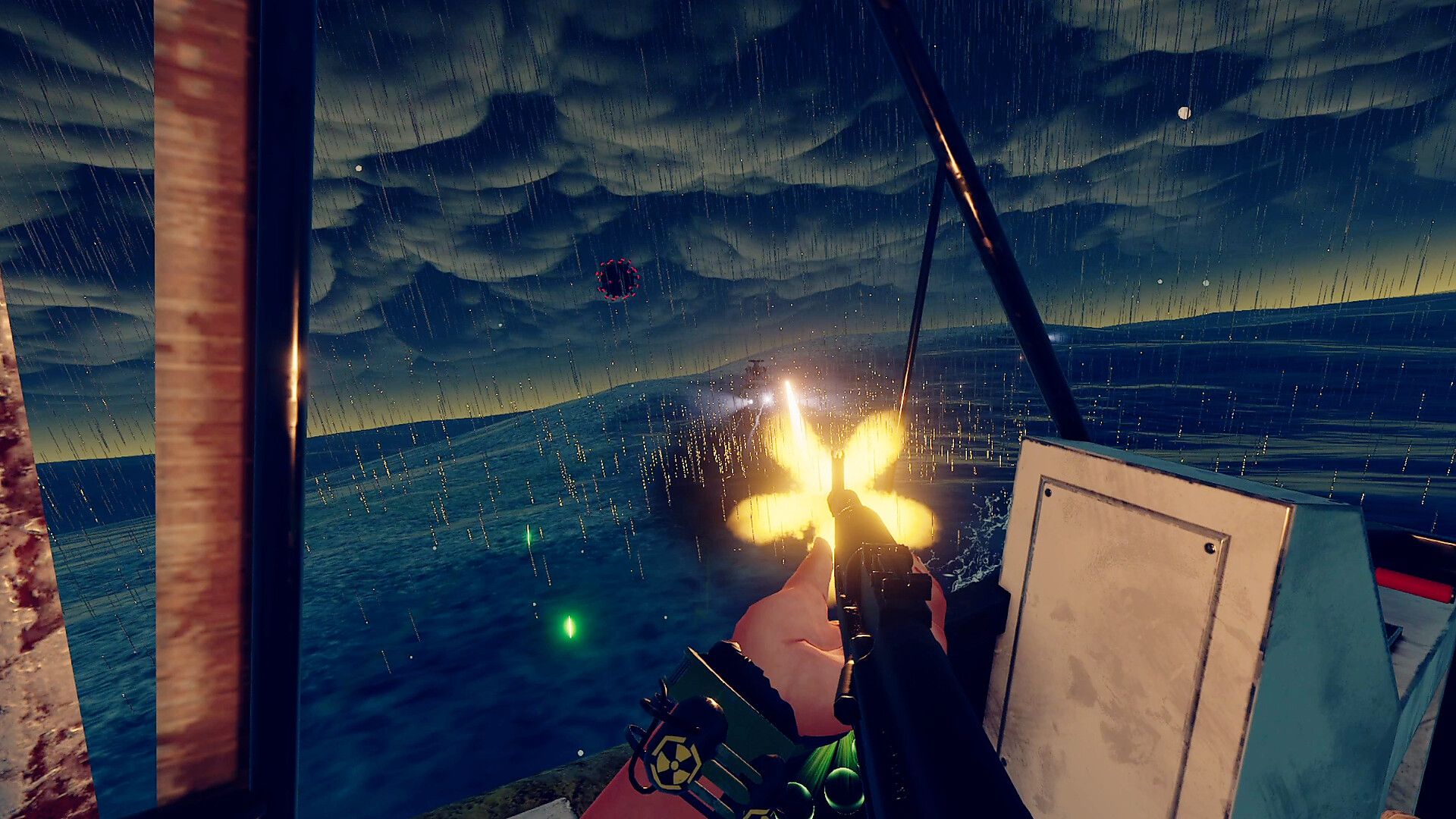
After six years of development, Zach released Vertigo 2 to the public in March 2023. In an age where standalone VR headsets like Quest 2 and Pico 4 dominate the market, Vertigo 2 stands its ground as a PC VR-focused released. “I like PC VR more. I don’t want to be scaling back my vision for mobile VR, and that’s part of why I decided to keep it PC only.”
Zach also says he’s “not a staunch mobile VR hater,” but would like the headsets to have more processing power before he considers jumping on board. “And it would also be nice if Meta was not the biggest player,” he adds.
As to whether Meta attempted to get Vertigo 2 on its Quest platform, Zach says the company never asked directly but he “gently turned [Meta] down” when representatives reached out to gauge interest in a conversation. “I’m pretty commitment to not working with Meta.”
Zach has different feelings when it comes to working with Sony. He’s already “talked with Sony a little bit about getting a partnership going” and although there’s no concrete plans, Zach says it’s “definitely possible” that Vertigo 2 will release on PSVR 2 in the future. “I would love for that to happen.”
Zach also still isn’t done with the PC VR release of Vertigo 2 – he’s currently working on a level editor with Steam Workshop support, which he thinks will be done in the next month or two. Beyond that though, it’s hard for him to see what’s next. “I’ve had my eyes on getting Vertigo 2 done for so long… I’ve barely had time to think about [it].”
He's also uncertain which VR platform he would focus on next, especially when I ask about his thoughts of the wider viability of large-scale PC VR projects like Vertigo 2. “I don’t know. I don’t think I’d start a six-year project [on PC VR] right now, just based on where it’s at. Although of course, in six years, that’s a long time away. It could very well balloon again by then, there’s no way to know.”
In broad terms though, Zach says he’s going to get some rest, go on a bit of holiday and reassess after that. “I would love to stay in VR,” he posits. “And I would love to stay independent, although I’m not totally opposed to joining a small team and doing something, because I do feel like it would be nice to get something interesting done in less than six years.”
He flashes me a smile. “And you can do that with more than one person.”

